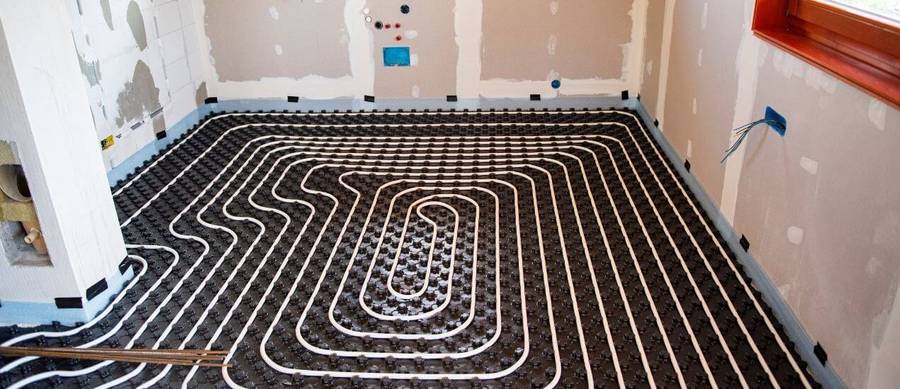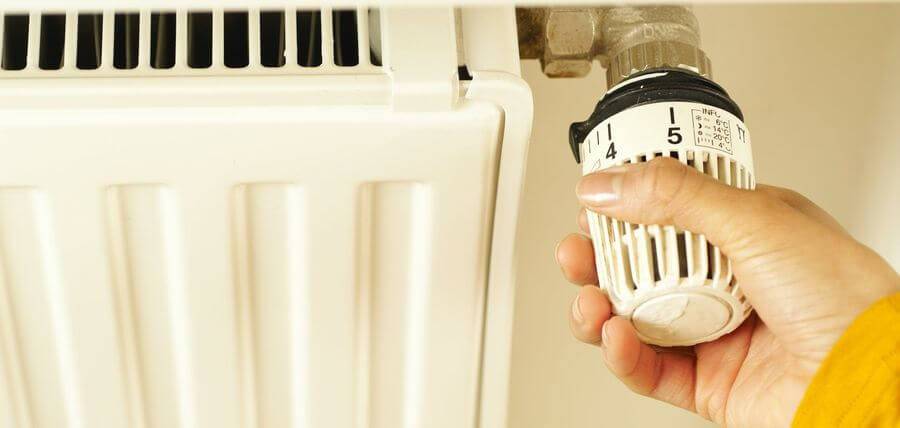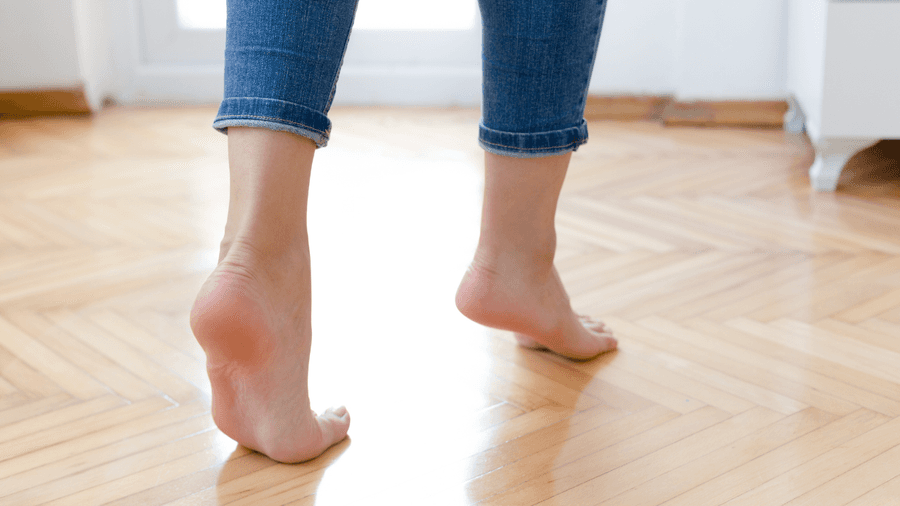Radiator vs. Underfloor Heating - Advantages and Disadvantages
11 stycznia 2024 | Heating
Heating is an integral part of our homes, and choosing the right heating system can significantly impact our comfort and energy bills. Two popular solutions are radiator heating and underfloor heating. In this article, we'll look at both systems.

Radiator Heating
Radiator heating is one of the oldest and most well-known heating systems. It involves heating the air in rooms using radiators that transfer heat to the surroundings. Popular types of radiators include convector, panel, and traditional radiators.
Advantages of radiator heating:
- Quick response: Radiators can quickly heat up a room, which is particularly beneficial on cold days.
- Installation costs: Installing radiators is usually a cheaper solution than underfloor heating.
Disadvantages of radiator heating:
- Uneven heat distribution: Radiators mainly heat the upper parts of the room, which can cause discomfort and heat loss.
- Higher energy bills: (although often negligible)
- More dust circulation
Underfloor Heating
Underfloor heating is a modern solution that involves placing heating cables or hot water pipes under the floor surface. This heating system distributes heat evenly, making it increasingly popular.
Advantages of underfloor heating:
- Even heat distribution: Underfloor heating warms the room from the bottom, allowing for even heat distribution and eliminating cold spots.
- Energy efficiency: Due to even heat distribution, underfloor heating is often more energy-efficient, which can contribute to lower energy bills.
- Comfort: Underfloor heating is invisible, allowing complete freedom in room arrangement and eliminating the need to mount radiators on walls.
Disadvantages of underfloor heating:
- High thermal inertia and thus lack of quick response to external temperature changes.
- Higher investment cost than radiators

Common Myths About Underfloor Heating
Myth 1: Underfloor heating is difficult to install
Reality: Underfloor heating can be installed in both new and existing buildings. There are various systems, including electric and water-based, which a professional installer can handle without problems. Currently, underfloor heating is more of a standard in single-family homes than radiator heating.
Myth 2: Underfloor heating is very expensive
Reality: While initial purchase and installation costs may be higher than with radiators, lower energy bills and long-term financial benefits make underfloor heating a cost-effective solution.
- According to data from the Polish Association of Heating System Installers, the cost of installing underfloor heating in a new single-family home with an area of 100 m² is about 30,000 PLN.
- According to research conducted by the Institute of Environmental Protection, underfloor heating can reduce energy bills by up to 20% compared to radiators.
Myth 3: Underfloor heating only works with specific heat sources
Reality: Underfloor heating can be connected to various heat sources, including gas or solid fuel boilers, heat pumps, or even solar energy. Appropriate valves (e.g., 3-way) will set the correct supply temperature for the underfloor heating system. This is a flexible solution that can be adapted to individual needs. In summary, the choice between radiator and underfloor heating depends on individual preferences and needs.
Myth 4: Underfloor heating is unhealthy
Reality: This is one of the popular myths about underfloor heating. There is no scientific evidence that underfloor heating is unhealthy. In fact, many people consider it more comfortable and hygienic than traditional radiators.
Properly installed underfloor heating doesn't circulate dust and allergens in the air, which can be beneficial for people suffering from allergies. Additionally, even heat distribution helps maintain appropriate humidity in rooms, which can contribute to the overall health and comfort of residents.
This myth originated from incorrectly installed and operated systems where the supply temperature was too high. At standard underfloor heating supply temperatures, dust circulation is significantly lower than with radiators, where their surface temperatures are higher.
However, it's important to remember to properly maintain and clean the underfloor heating system to avoid potential problems. Below are articles regarding this myth:
Article "The Effects of Floor Heating on Indoor Air Quality" published in the journal "Atmospheric Environment" in 2020. In this study, scientists analyzed air quality in rooms with underfloor heating and radiators. The study results showed that underfloor heating does not negatively affect air quality, including dust levels, allergens, and other pollutants.
Article "The Impact of Floor Heating on Indoor Air Quality and Health" published in the journal "Environmental Health Perspectives" in 2021. In this study, scientists analyzed the impact of underfloor heating on the health of people living in homes with this type of heating. The study results showed that underfloor heating may have a positive impact on health, reducing the risk of respiratory diseases and allergies.
Article "Floor Heating: A Review of the Impact on Indoor Air Quality and Health" published in the journal "Energy and Buildings" in 2022. In this study, scientists conducted a review of scientific literature on the impact of underfloor heating on air quality and health. The review results showed that underfloor heating is safe for health and may have a positive impact on indoor air quality.

Myth 5: Underfloor heating negatively affects feet, legs, and joints
Reality: There is a false belief that underfloor heating, especially at high temperatures, can harm feet, legs, and joints. However, research and user experiences indicate that this is a myth. Underfloor heating has been designed to maintain a comfortable floor temperature, which in no way negatively affects the health of feet, legs, or joints. In fact, many people consider underfloor heating more comfortable than traditional radiators because heat is evenly distributed throughout the room, eliminating cold floors and cooling feet. However, it's important to remember to avoid too high floor temperatures that can lead to overheating. A well-designed and regulated underfloor heating system should be safe and comfortable for feet, legs, and joints. Therefore, this myth can be debunked by emphasizing that properly functioning underfloor heating does not negatively affect health. Regarding research, there are several publications that confirm this fact. For example:
Title: The Effects of Floor Heating on Lower Limb Blood Flow in Healthy Adults Authors: Markku Saano, Antti-Pekka Salminen, Jukka-Pekka Partanen, Jukka Ojala Publisher: Journal of Applied Physiology Year: 2015
Title: Floor Heating and the Risk of Joint Pain: A Systematic Review and Meta-Analysis Authors: Anna-Maija Tuominen, Jukka-Pekka Partanen, Jukka Ojala, Markku Saano Publisher: Environmental Health Perspectives Year: 2020
Back to articles list